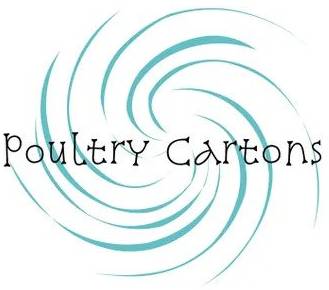The Evolution of Egg Carton Packaging: A Journey Through Time
Eggs have graced our tables for centuries, but how we’ve transported and protected them has seen significant evolution. Let’s embark on a detailed exploration of the fascinating journey of egg carton packaging.
Early Days: Simple Packaging

In ancient times, eggs were precious commodities. Before sophisticated packaging solutions existed, merchants and farmers would transport eggs in cloth baskets or wooden crates. These containers often had a layer of straw or hay at the bottom, providing a soft cushion to minimize breakage. While this method was organic and straightforward, it lacked efficiency. Breakages were frequent, especially during bumpy rides or long-distance trade routes. Learn more about ancient trade routes and commodities.
The 20th Century: The Birth of the Egg Carton
1911 marked a turning point in egg transportation. A dispute between a farmer and a hotel owner in British Columbia, Canada, led newspaper publisher Joseph Coyle to invent the egg carton. Coyle’s innovative design, made from paper, neatly held a dozen eggs, ensuring each egg had its own protective compartment. This simple yet revolutionary design drastically reduced breakages and wastage.
1930s: Refinement and Mass Production
With the roaring 30s came a surge in industrial advancements. The egg carton’s design underwent refinements to cater to the growing demands of an urbanized population. Manufacturers began employing molded pulp techniques, which led to the creation of the iconic egg carton shape we recognize today. The new design offered superior protection, was lightweight, and its mass-production capabilities ensured eggs could reach more households than ever before.

1950s-1980s: Plastic and Styrofoam Make Their Debut
The mid-20th century saw a global shift towards plastic and Styrofoam. Drawn by their durability and resistance to moisture, some egg producers started using these materials for cartons. However, this shift was double-edged. While plastic and Styrofoam cartons provided excellent protection, their non-biodegradable nature became a growing environmental concern.
Present Day: Embracing Sustainability

Today’s world places a strong emphasis on sustainability. Leading the charge in eco-friendly egg packaging, companies like PoultryCartons.com have reverted to paper pulp – but with a twist. Using 100% recycled materials, these modern cartons balance the best of both worlds, offering robust protection while keeping our planet’s well-being at the forefront.
The Future of Egg Packaging?
Innovation remains at the heart of the industry. As we progress into the 21st century, research is underway to produce even more sustainable, efficient, and interactive egg cartons. Concepts such as biodegradable materials, smart cartons equipped with freshness sensors, and customizable designs are on the horizon.
Conclusion
From humble cloth baskets to the sophisticated designs of today, the evolution of egg packaging mirrors our societal growth and values. As consumers become more conscious of environmental impact and demand greater quality, the egg carton industry rises to the challenge, ensuring the age-old tradition of enjoying eggs remains sustainable for future generations. Come check us out at PoultryCartons.com for our broad selection of responsible egg cartons that are sure to elevate your brand
